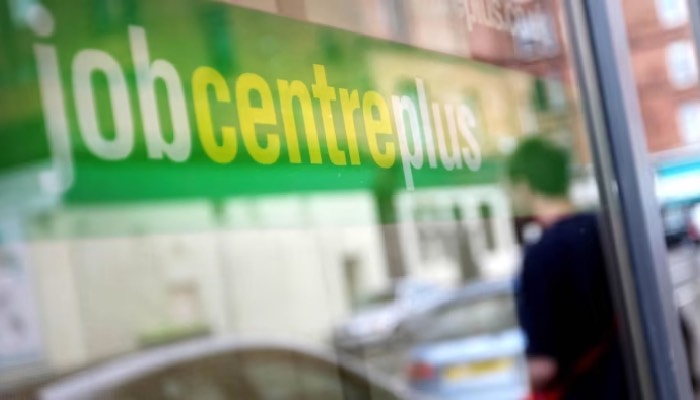
The United Kingdom’s (UK) unemployment rate has unexpectedly risen to a two-year high.
According to new figures from the Office for National Statistics (ONS), unemployment increased to 4.4% in the three months leading to April, up from 4.3% in the previous quarter, marking the highest level since the third quarter of 2021.
Meanwhile, job vacancies also fell significantly, dropping by 12,000 to 904,000 in the three months leading to May, continuing a 23-period decline, as per the Mirror report.
Despite these trends, wage growth remained strong, with regular salaries increasing by 6% in the quarter leading to April.
This growth outpaced inflation, resulting in a real-terms increase of 2.9%, the highest since August 2021.
Meanwhile, the ONS said in an official statement, noting, "This month's figures continue to show signs that the labour market may be cooling, with the number of vacancies still falling and unemployment rising, though earnings growth remains relatively strong."
Economists had predicted stable wage growth due to a nearly 10% rise in the National Living Wage on April 1, benefiting almost three million people.
Meanwhile, the hourly rate increased from £10.42 to £11.44.
However, the Bank of England is closely monitoring the job market, particularly wage trends, as it works to reduce inflation to its 2% target.
While, inflation fell to 2.3% in April, the drop was not as significant as expected. The upcoming inflation data will be released shortly before the Bank's rate decision on June 20.
Additionally, HM Revenue & Customs data indicated a cooling job market, with the number of UK workers on payrolls dropping by 3,000 to 30.3 million in May.
The inactivity rate also rose, with 22.3% of people aged 16 to 64 not actively seeking employment.
Moreover, the ONS reported that 17,000 working days were lost due to strike action across the UK in April.
















